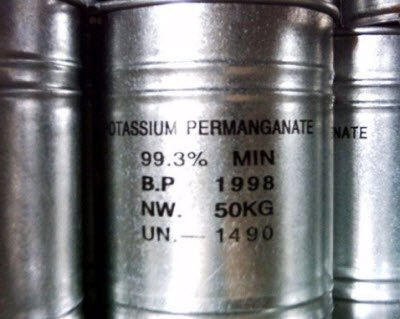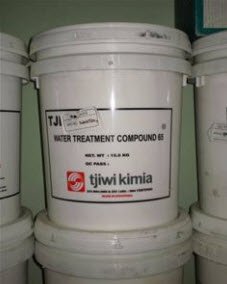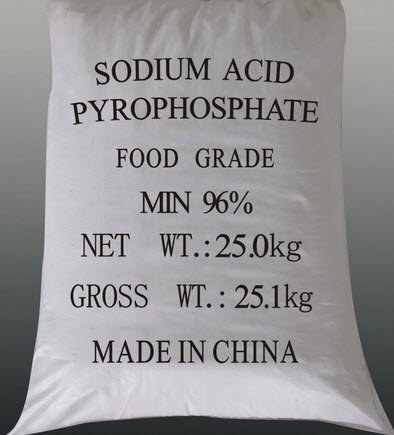The effect of the common water treatment chemicals
Chemicals serves many different purposes in the water treatment process. Removing unwanted substances from the manufacturing process of pure water, kills harmful bacteria, help prevent tooth decay, and help prevent the corrosion of water pipes.
Potassium permanganate
Potassium permanganate (KMnO4) is a common oxidizing agent more water into the plant from the Lake. It helps to remove iron, manganese and objectionable tastes and odors. Because of the rough water is drawn from below the surface of the Lake, low dissolved oxygen. When oxygen levels are low, iron and manganese are kept in the solution. If not removed in the filter process, the metal will cause the stains on the furniture laundry and plumbing system.

Alum
Aluminium Sulfate is Al 2 (SO 4) 3 and is often called rock filter. It was viewed as a liquid with 48% of the sulphate concentrations in aqueous solution. Add water to the national crude 18-24 mg per liter (mg/L). Alum is used in everyday products such as baking powder and deodorant. In water treatment, alum is used as a precipitating, link together very well seeded into larger beads dangling can be removed by settling and filtering. In this way, the color and opacity (opaque), as well as the aluminum itself, was split off from drinking water.
Lime
Hydrated lime Calcium Hydroxide or Ca (OH) 2. It is an alkaline compound is added to the water to adjust the Ph. Since the filter is an acidic salt, alum, it lowers the pH of the water, and lime is used to nullify this effect. Lime is added between the sediment and the filtering process in the rate of 10-20 mg/L.
Chlorine
Chlorine is added to water to disinfect or improve its quality. Chlorine destroying pathogenic microorganisms, oxygenation of unwanted elements, such as iron and manganese, and reduce some of the taste and smell. After satisfying these needs, some residual Chlorine remaining in the water to protect it from being further contamination until it reaches the tap. Before the use of Chlorine, the diseases, such as typhoid fever is the source of the devastating disease. Chlorine is the most important chemical substances added to water on public health.

The three types of materials are often used as a source of chlorine: chlorine, calcium hypochlorite, sodium hypochlorite solution. Mainly because of safety issues, Greensboro moved from chlorine hypochlorite sodium in 1999.
Sodium hypochlorite, NaOCl, is a clear yellow-green solutions are often used in bleaching. Household bleaching usually contains about 5% available chlorine. To disinfect drinking water, 15% sodium hypochlorite solution is used to produce a 1-1.8 mg/L chlorine dose in the finished water.
Polyphosphate
Calciquest is a liquid chemical solution containing a long string of polyphosphate circuit. It is designed to isolate iron, manganese, calcium to keep them in the solution. It also prevents corrosion of the water line. Calciquest is added to the water was processed at the rate of 1.0 mg/L.

Fluoride
Fluoride is used to maintain the concentration of Fluorine in drinking water at levels reduce tooth decay in children. The optimal level of fluoride, can reduce the rate of tooth decay in children by 65%. The amount of fluoride ingested depends on the amount of water consumption usually depends on the temperature in the area. The State has recommended limited control of 0.7-1.2 mg/L fluoride. Greensboro founded 1.0 mg/L fluoride levels are optimal for this field. Fluoride is received as a 25% solution of hydrofluosilicic acid (H 2 SIF 6). This solution is provided as a final processing step before water into the distribution system.
(Collection-lines for bottled-water filter he thong nuoc loc dong bottles)
